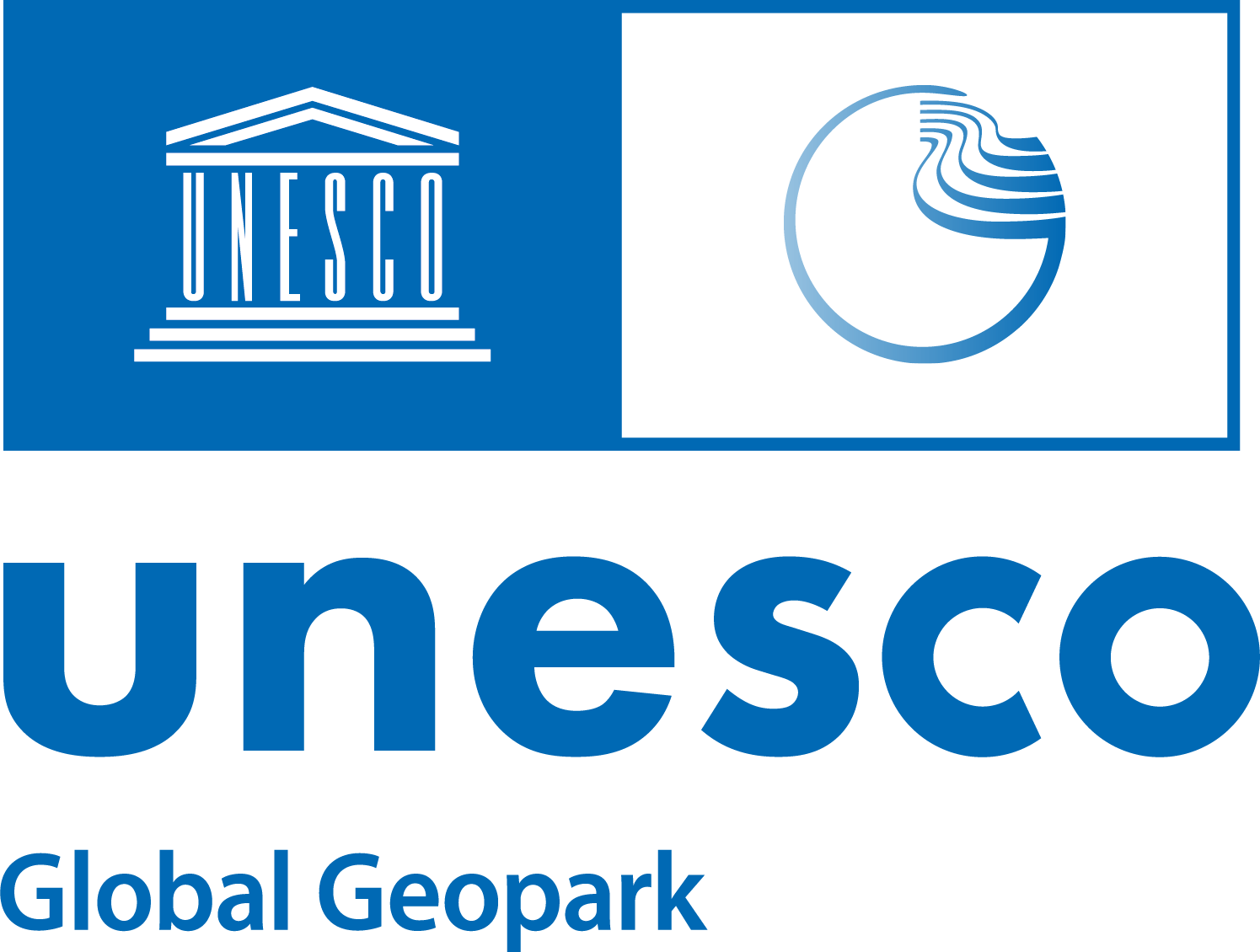Geopark Grevena-Kozani
Geopark of Grevena-Kozani: Key features of the area
Area: 2.486 km²
Population: 30,696 inhabitants (Hellenic Statistical Authority 2011)
Most populous settlements: Grevena (13,137 inhabitants), Deskati (3,598 inhabitants)
Population density: 14.6 inhabitants/km²
Administrative division: 74 Local Communities (54 in Grevena, 6 in Deskati, 4 in the Municipality of Voion, 7 in Kozani, 3 in the Municipality of Servia-Velvendo)
Neighboring tourist destinations: Vasilitsa Ski Resort, Meteora (Thessaly) Zagori (Epirus).
The geopark is located in north-central Greece, in the province of West Macedonia. Here the climate is continental, with four distinct seasons. Summers are mild, and snow blankets the mountains in winter.
Animal husbandry, farming and foraging are mainstays of the local economy, and many of our festivals and traditions mark the harvest and celebrate Nature’s bounty.
The geopark region is one of exceptionally high biodiversity, a hotspot of endemic species, thanks to its complex geologic history as a zone of continental rifting, ophiolite emplacement, collision and glaciation, producing a crazy quilt of disparate rock types in close juxtaposition, as well as a highly varied geomorphology with a wide array of habitats. The unique soils and microclimates that arise in such an environment encourage speciation: the divergence of species into separate and distinct forms. Thus, a species may be found in only one locale, and nowhere else on Earth.
The trees of Geopark Grevena-Kozani include many superlatives: specimens of robola (Pinus heldreichii or P. leucodermis) in the Pindos, and oak (Quercus pedunculiflora) in Deskati, are among the oldest trees in Europe; a cluster of Scotch pine (Pinus sylvestris) is the southernmost extent of this species in Greece; the platanus (Platanus orientalis) forests along the Aliakmon river are remnants of a forest that has persisted for at least four million years.
The first humans in this area were Neanderthals, who arrived at least 100,000 years ago. Stone tools of Paleolithic age have been found high in the mountains and at scattered locations within West Macedonia. Modern Homo sapiens came to the area as early as 40,000 years ago and Indo-European ancestors of today’s Greeks by about 10,000 years ago.
The modern-day town of Aiani, in the eastern part of the geopark, was the capital of an early kingdom, Ellimiotis, and later a regional capital within Macedonia.
The Byzantine era (330-1453 AD) saw the creation of many monasteries in the area, many of which still exist, and some of which are still operating. St Nikanoras (1491-1549) founded the Zavordas Monastery in 1534 AD as a refuge for Byzantine heritage.
Most secular and religious architectural treasures of this area, such as our famed stone bridges, manor houses and churches, date from the 17th-19th centuries.
In 1995, this region experienced an earthquake measuring 6.6 on the Richter scale, after perhaps two centuries of quiescence. In less than half a minute of shaking, churches, schools and homes were destroyed. More than 40,000 people in the Grevena-Kozani region remained homeless as aftershocks continued for months. Although there were no fatalities, the event devastated manmade structures in the region, especially in rural areas. All construction since that period follows strict seismic building codes.
Local recreation takes advantage of the wealth of natural and historical attractions, with activities such as hiking, picnicking and historical tours available either independently or via trekking companies and tour operators. Please see our Links section for more information.





































